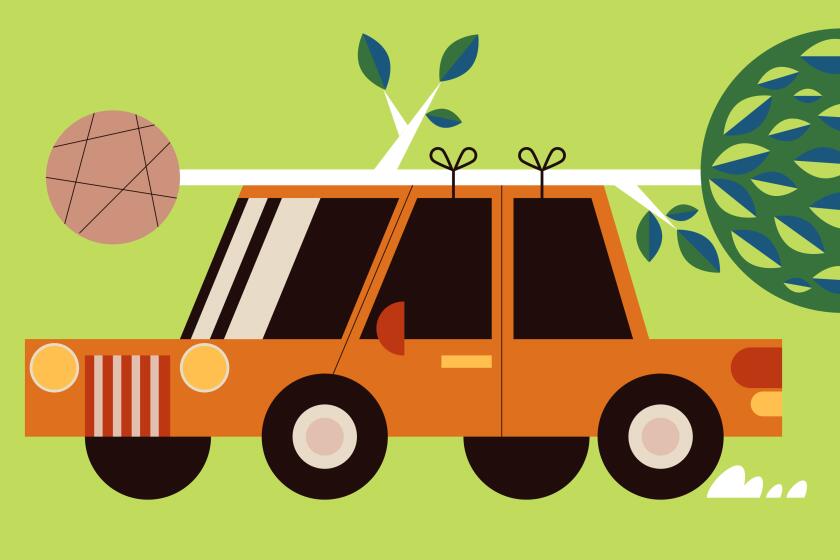The Good Earth
For seventeen years, Fairview Gardens has been my primary relationship. I have never known anything so deeply or so well. Few people have the chance to really know a piece of land, to watch it every day, year after year, and see, hear, smell, and feel its constant changes. Fairview makes it possible for other people to share the experience, to be nourished from the fields and orchards, and to learn and grow with the farm.
Fairview Gardens was never mine--and not just because someone else held the title. I have known for a long time that its role was to be a public place. It could never be just a private farm, or someone’s personal retreat back to the land. Instead, this farm has provided a way for people to reclaim a connection to one of the most important and intimate acts: growing the food that they and their children eat. Over the course of a few generations, most people have given that power away to distant farms. They let the vital process take place out of sight, losing the pleasures and the connections that come with it.
We cannot all go back to the land, but we can provide something of the land to everyone. Fairview Gardens came to represent this opportunity, as do farmers’ markets and community gardens throughout the world. The spotlight happened to fall on Fairview in part because of my own appetite for teaching, lecturing and publicity. I quickly learned that high visibility was a tool to save this place and to bring attention to something that could be repeated elsewhere.
But the destiny of this farm was its own as well. The land exerted a powerful draw to the community, subtle at first, but finally so strong that many of our neighbors cannot now imagine giving up the farm. For me this is a small miracle. I have watched the developers sniff around the edges of this land and covet this last island for more houses. Yet parcel 69-90-52 has risen above anonymity to become a source of nourishment for so many.






